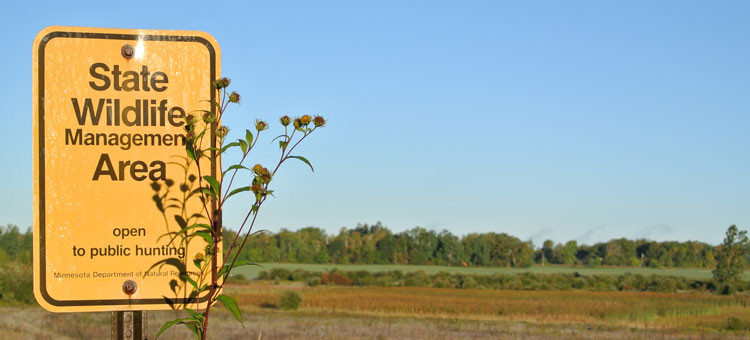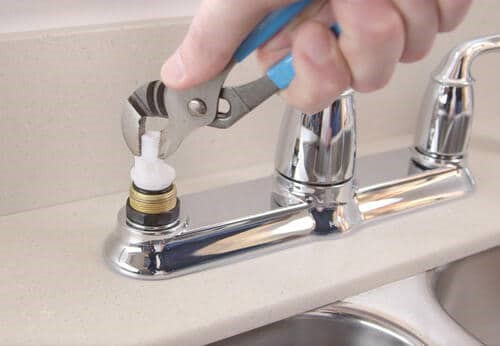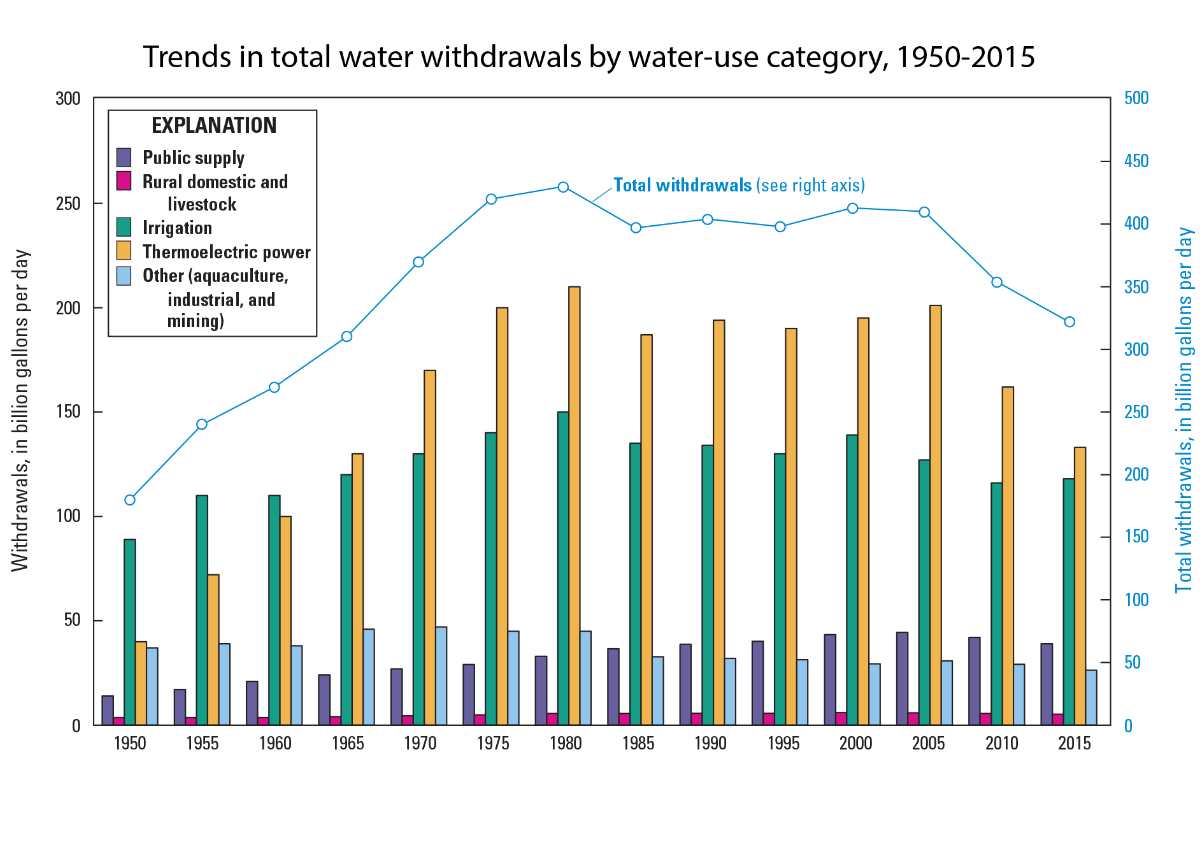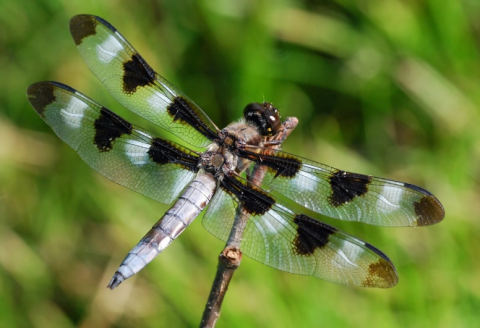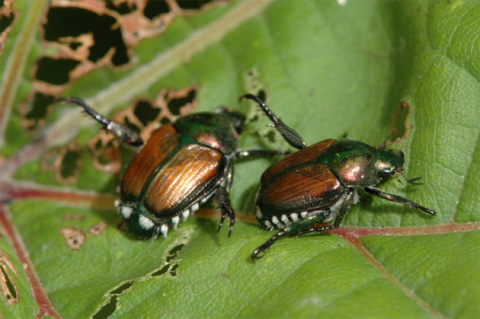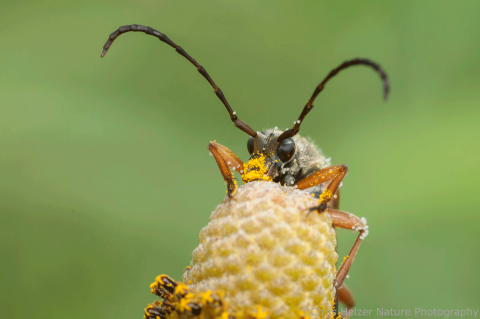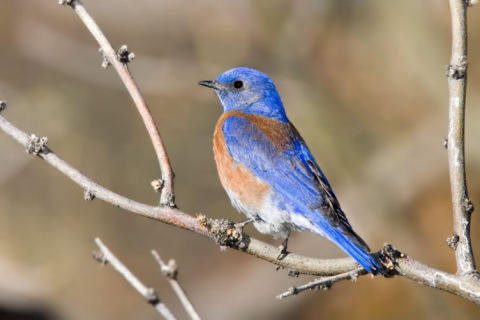Adapted from: Matthew Russell is a Minnesota Extension specialist in forest resources.
Emerald ash borer (EAB) has left a wake of dead ash trees throughout 4.3 million acres across the state. Minnesota forests are home to three native ash species. Unfortunately, all of these ash trees are susceptible to EAB. Here are seven native tree species that you can research for replacing your ash. Each species has its own unique characteristics and are adapted to different environmental conditions.
American Elm (disease-resistant elm varieties) Like ash, elms can tolerate wet conditions. Elms are slightly different in that they require full sun for the best growth.
Quaking Aspen Aspen sprouts vigorously, a form of reproduction without using seeds. It is often one of the first species to come back to an area after a timber harvest or fire.
Northern White Cedar In its natural habitat, it can form dense stands and survives well in moist soils. Northern white cedar trees will attract wildlife. Cedar trees are a favorite of white-tailed deer.
Swamp Oak This species can tolerate heavy and wet soil, which makes it a good replacement for black ash. While native only to southeastern Minnesota, swamp white oak is known as a climate change "winner" and has been planted with success in research trials in northern Minnesota.
Hackberry It can survive heat and drought or wind and ice, making it suitable for Minnesota's climate. In its native habitat it can be found in floodplains and along rivers in the central and southern portions of the state.
Silver and Red Maple are common in southern Minnesota and grow into the north-central part of the state, typically along rivers. These maples are widely planted as a shade or ornamental trees. Silver maples leaves are are green on top and "silvery" on bottom and red maple leaves turn a brilliant red in the fall, giving the trees their names.
River Birch can thrive in floodplains and near stream banks. River birch can be a single or multi-stemmed tree, making it a great tree to consider for the landscape around your home. Its copper-colored bark makes it stand out from other common trees.
Diversifying the types of species you plant in your yard or woodland gives you reassurance that your landscape can survive future insect and disease outbreaks. For more options, Extension's replacement trees for ash page can help you figure out which trees will grow well in your plant community. Consult an arborist or forester for more advice to make sure you plant the right trees in the right spot.
For more information contact Becky Wozney, Wetland Specialist, at
